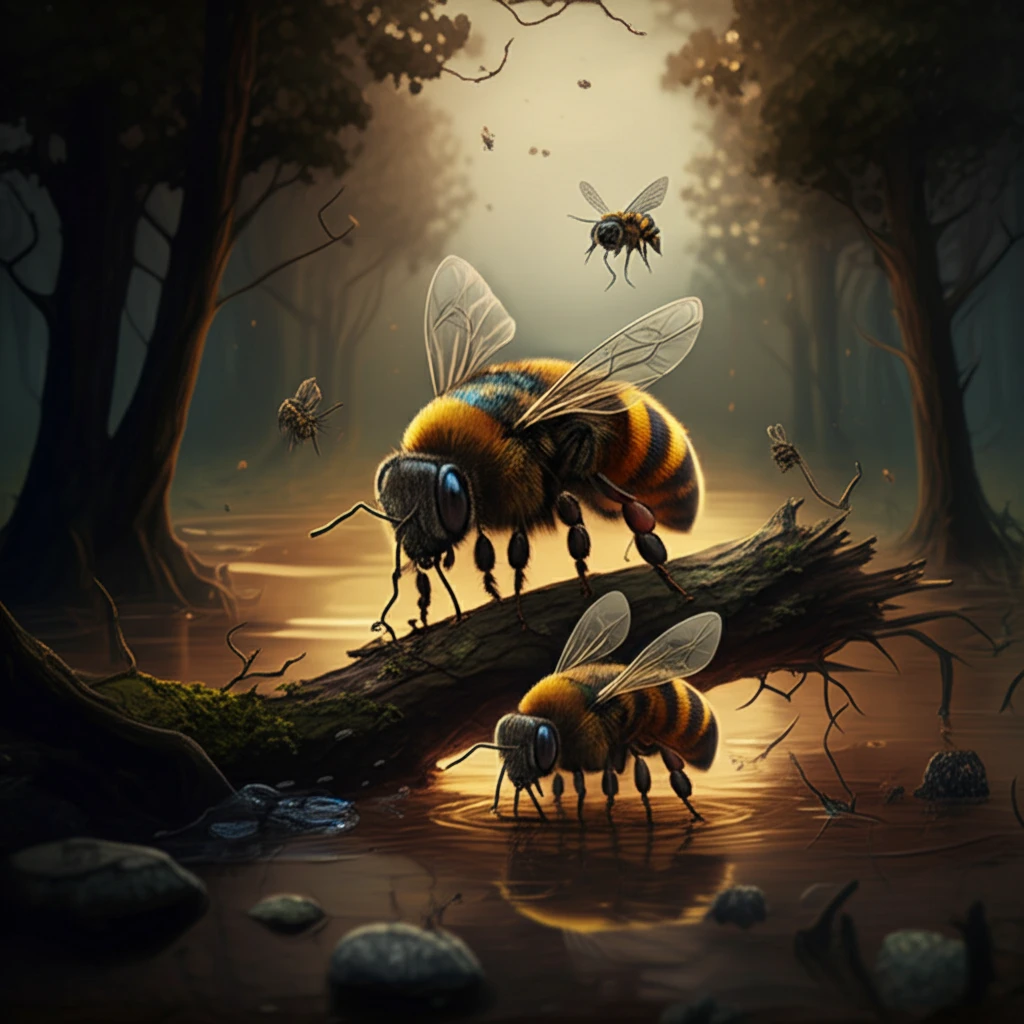
Buzz Kill: How Climate Change Could Be Harming Honey Bee Populations
"New research reveals a surprising link between precipitation, forest cover, and small hive beetle infestations, threatening honey bee colonies worldwide."
Honey bees are vital to our ecosystems and agriculture, playing a crucial role in pollinating crops that feed the world. However, bee populations are facing unprecedented challenges, from habitat loss to pesticide use. Invasive species and climate change are emerging as significant threats, creating a perfect storm for these essential pollinators.
One such threat is the small hive beetle (SHB), a parasite endemic to Africa that has spread globally. While SHBs are often considered a minor nuisance in their native range, they can cause significant damage to bee colonies in new environments. Understanding the factors that influence SHB infestations is critical to protecting honey bee populations.
Recent research from Nigeria sheds light on the environmental factors that may be contributing to SHB infestations. This study uncovers a surprising link between precipitation levels, forest cover, and the severity of SHB infestations in honey bee colonies, offering new insights into how climate change and habitat loss could be exacerbating the problem.
The Climate Connection: Rainfall, Forests, and Beetles

The study, conducted across 26 apiaries in Nigeria, examined 82 honey bee colonies (Apis mellifera adansonii) in both forest and savannah ecosystems. Researchers meticulously recorded SHB infestation levels, along with local temperature and precipitation data, to identify potential correlations.
- Higher soil moisture promotes SHB pupation.
- Forest cover provides shade, attracting SHBs.
- Forests offer suitable soil conditions for SHB pupation.
Protecting Our Pollinators: What Can Be Done?
The Nigerian study underscores the complex interplay between environmental factors and honey bee health. While more research is needed to fully understand the mechanisms driving SHB infestations, the findings highlight the importance of considering climate change and habitat loss in bee conservation efforts. By promoting sustainable land management practices, reducing deforestation, and mitigating the impacts of climate change, we can create a more resilient environment for honey bees and safeguard the vital services they provide.
